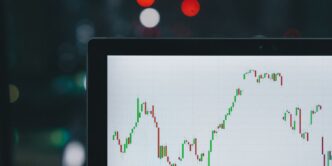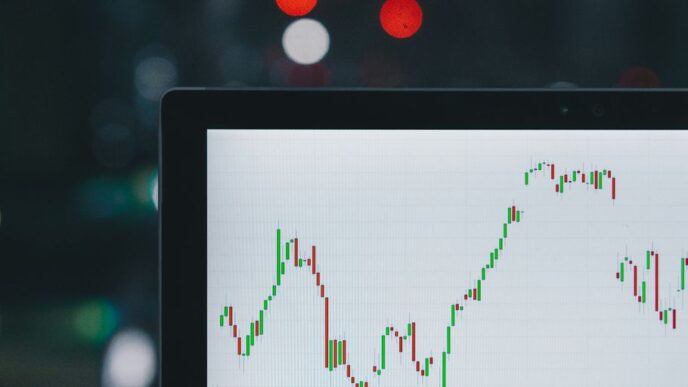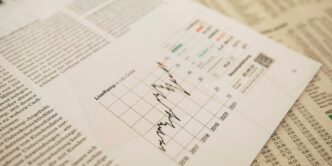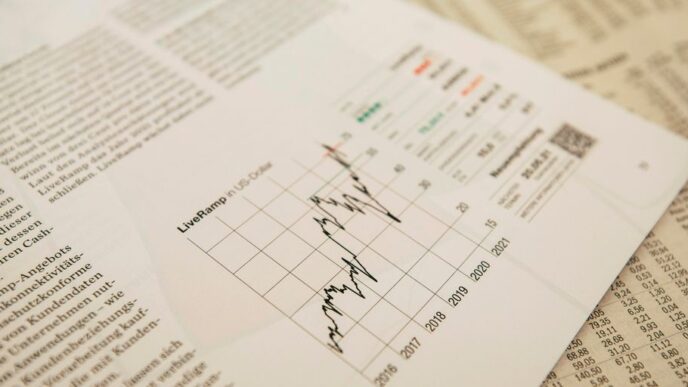In an era where digitalization is reshaping the financial landscape, Islamic fintech emerges as a beacon for financial inclusion. With its ethical foundations and innovative solutions, it aims to bridge the gap for the unbanked and underbanked populations, promoting sustainable development across the globe.
Key Takeaways
- Islamic fintech is projected to reach USD 4.94 trillion by 2025.
- Financial inclusion has significantly improved, with unbanked adults decreasing from 2.5 billion in 2011 to 1.4 billion in 2021.
- Digital financial services, especially mobile money, are crucial in expanding access to financial resources.
- Pakistan’s digital financial inclusion stands at 17.7%, below the South Asia average of 29%.
- Shariah-compliant principles provide ethical alternatives for those wary of traditional banking.
The Rise of Islamic Fintech
The Islamic finance market is currently thriving, spanning over 80 countries and expected to grow significantly in the coming years. This growth is fueled by the increasing demand for ethical financial solutions that align with Islamic principles. As the world shifts towards digital banking, Islamic fintech is positioned to play a pivotal role in ensuring that financial services are accessible to all, particularly in underserved communities.
The Role of Digitalization
Digitalization is not just a trend; it is a necessity for the banking industry. Traditional banks must adapt to the digital landscape to meet the needs of a tech-savvy population. The emergence of digital banks has prompted established institutions to enhance their digital offerings, ensuring they remain competitive and relevant.
Achievements in Financial Inclusion
Globally, financial inclusion has made remarkable strides. The number of unbanked adults has decreased significantly, and account ownership has reached 76% of the global population. The gender gap in account ownership has also narrowed, showcasing the positive impact of digital financial services.
Challenges and Opportunities in Pakistan
Despite the progress, challenges remain, particularly in Pakistan, where digital financial inclusion is lagging. With an internet penetration rate of 45.7%, the country has the potential to enhance its financial landscape through digital solutions. Regulatory support is essential to foster an environment conducive to digital finance, enabling a documented economy and greater inclusivity.
The Ethical Edge of Islamic Finance
Islamic fintech uniquely combines ethical principles with modern technology. Shariah-compliant solutions offer an attractive alternative for those hesitant to engage with traditional banking due to concerns over interest-based debts. This fusion of ethics and innovation is creating new opportunities for financial access and empowerment.
The Future of Islamic Digital Finance
The future of Islamic finance lies at the intersection of digital innovation and ethical values. By leveraging technologies such as blockchain and AI, Islamic fintech can enhance transparency, reduce costs, and improve accessibility. This evolution is not just about financial transactions; it is about fostering a more equitable and inclusive financial ecosystem.
As the global financial landscape continues to evolve, Islamic digital finance stands out as a transformative force, capable of bridging the gap between traditional banking practices and modern financial solutions. By embracing these advancements, the sector can ensure that both individual and collective progress align with the greater good, paving the way for a sustainable financial future.













